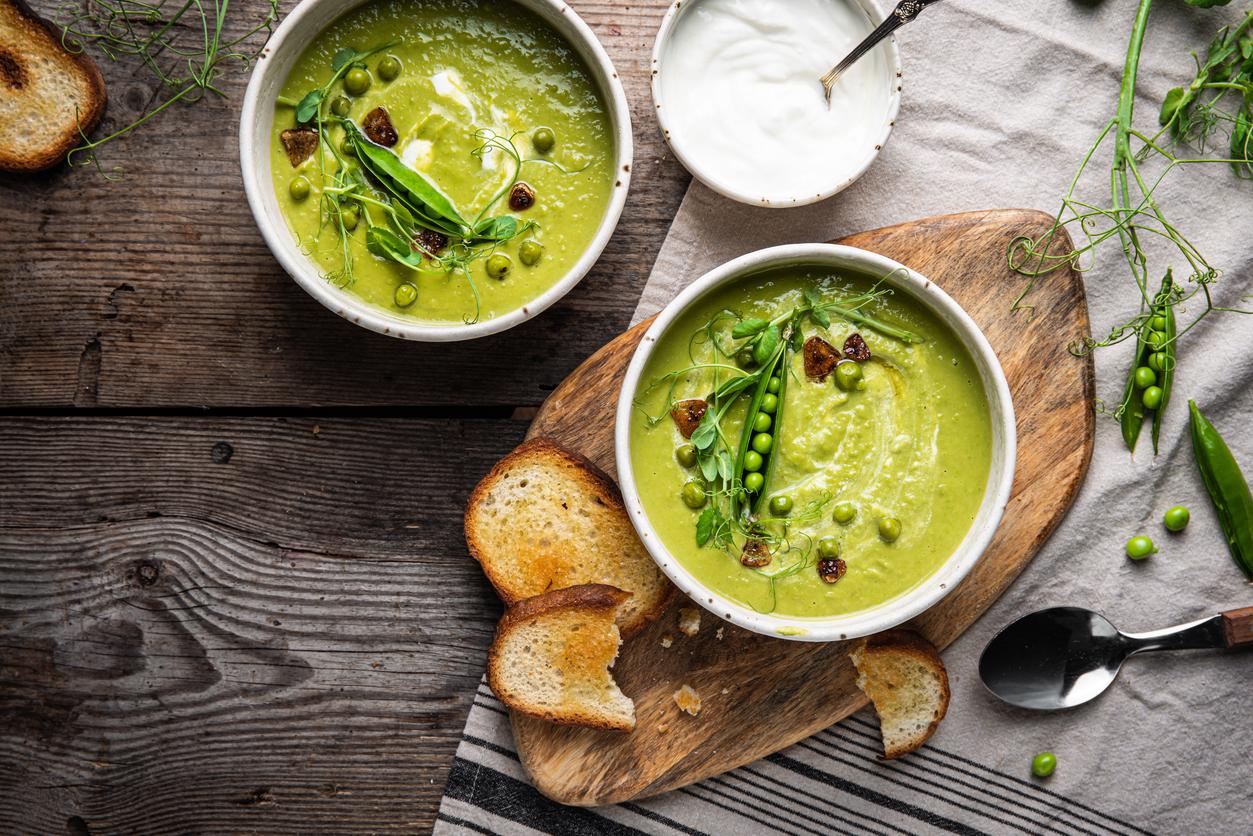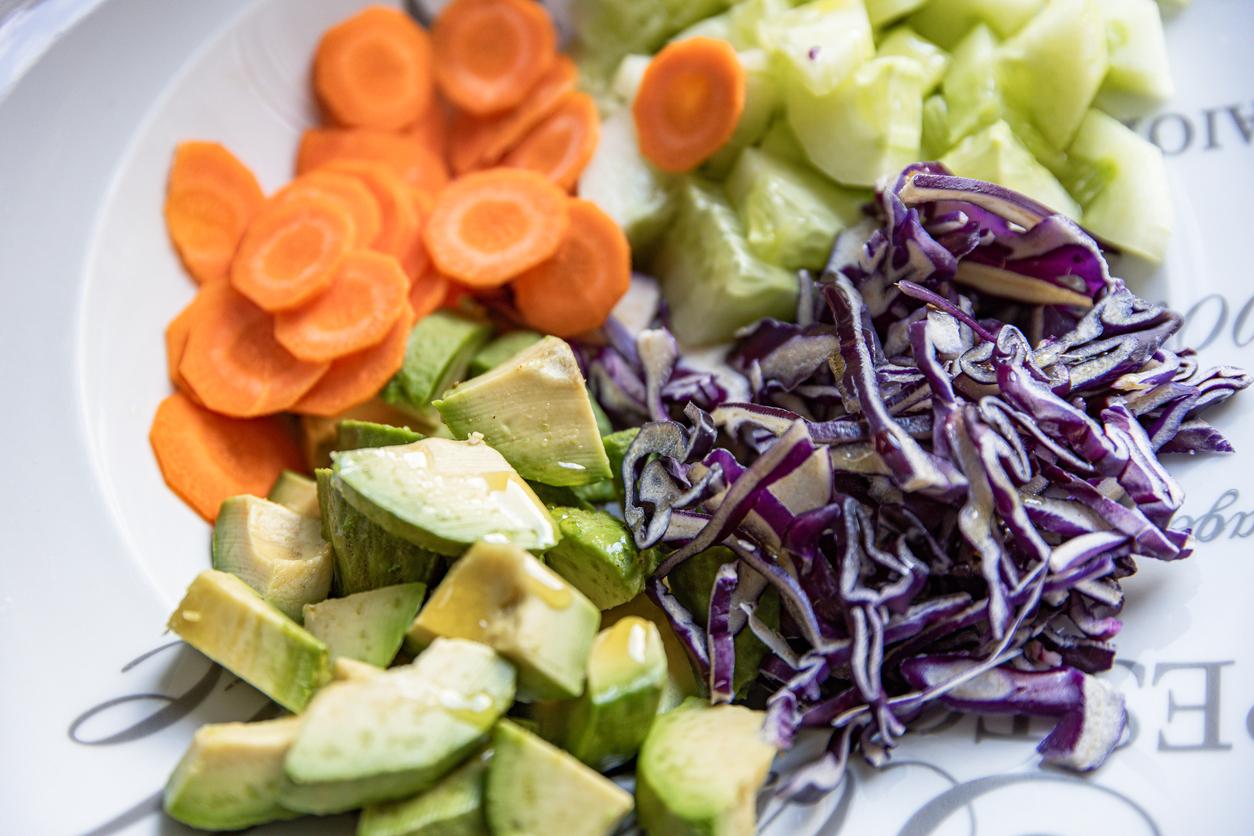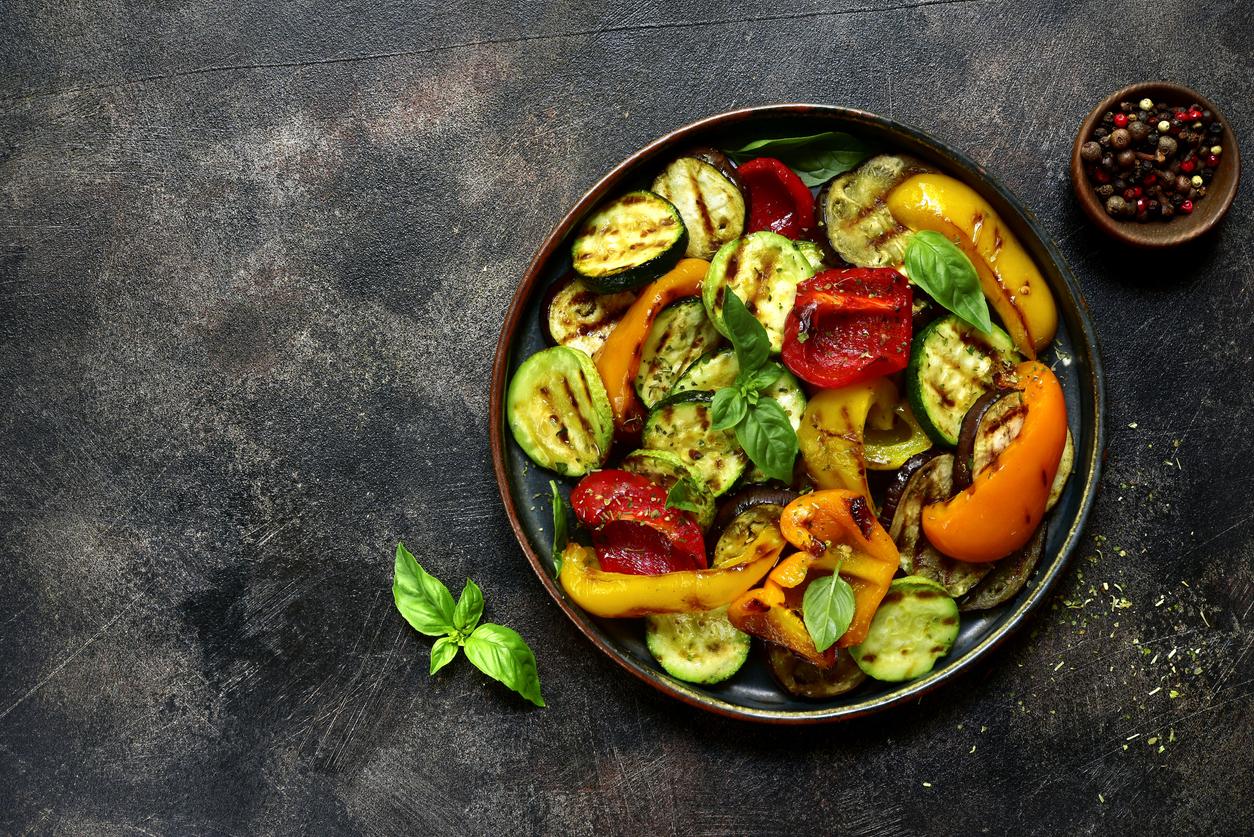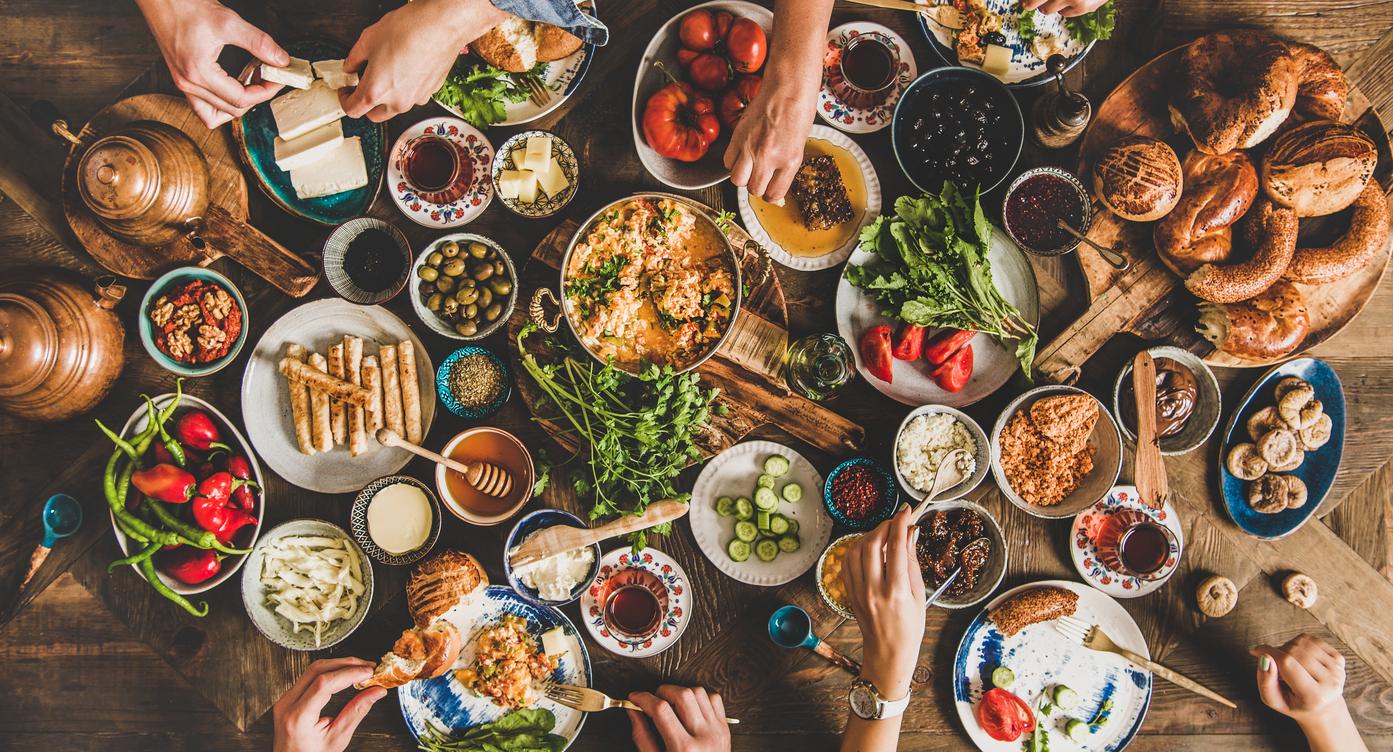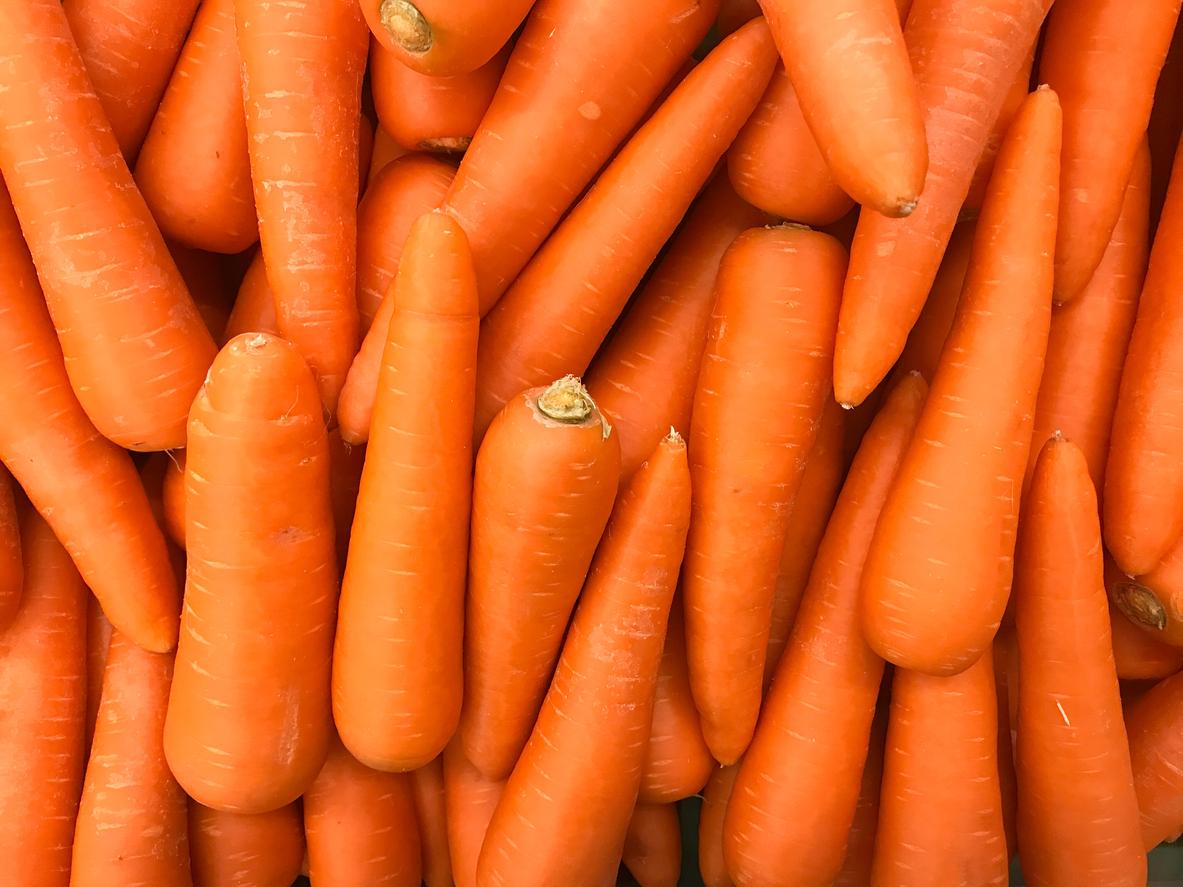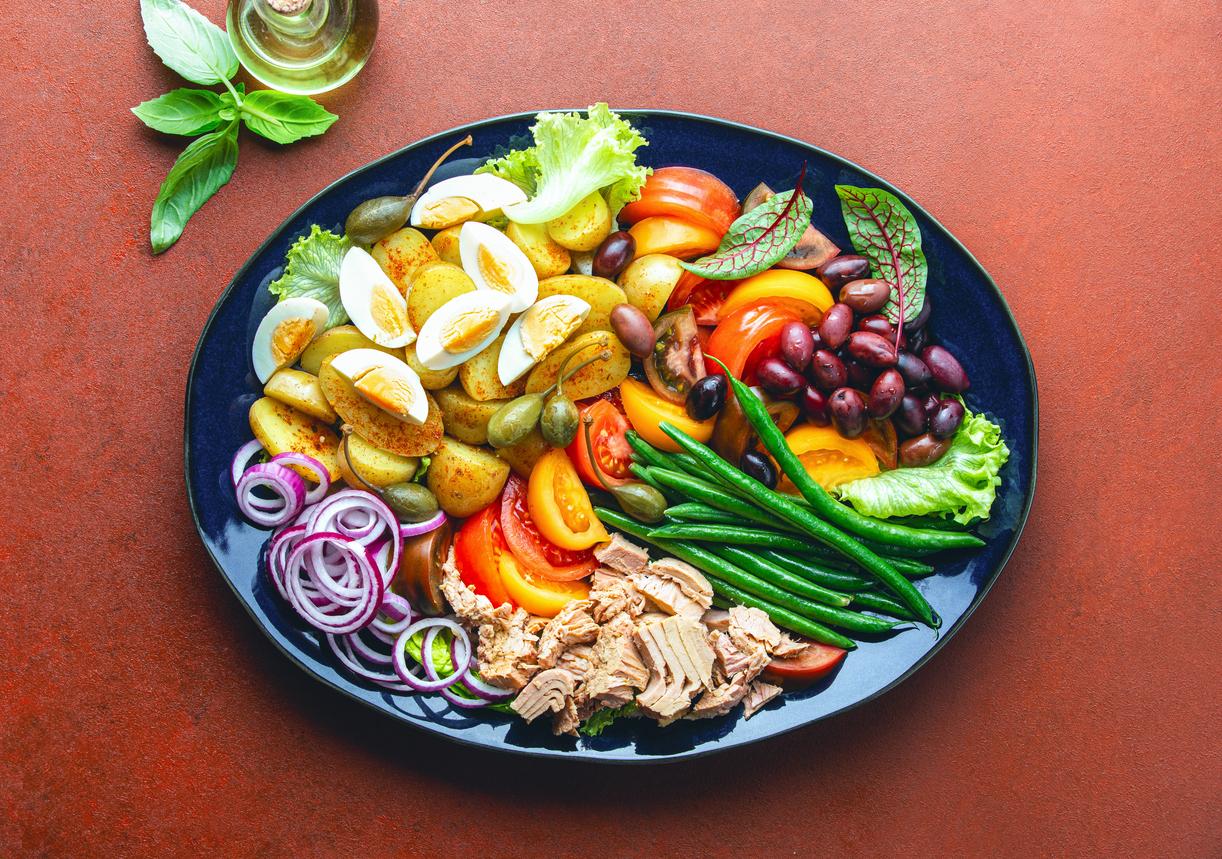First reflexes are important
The first good instinct is when buying
Most fruits continue to ripen even after they are picked. It is therefore important to choose them carefully when purchasing. A little tip: take ripe fruits that you want to eat in the days that follow and choose greener ones for the following days.
Buy fresh fruits and vegetables in season, preferably in the market rather than in supermarkets. Because those in supermarkets are generally chosen “green” and, during their long stay in cold storage, they gradually lose their nutritional value. Vegetables should be bought firm and fully ripe in order to maintain maximum nutritional value.
How to wash and prepare them
the washing : do not soak them in a basin of cold water but rather pass them under a stream of water. This will prevent the disappearance of vitamins B and C, soluble in water, as well as certain minerals. If necessary, you will use a brush to remove the soil.
For the vegetables that you have decided to eat as raw vegetables, rinse them quickly just before eating them with a dash of vinegar.
Peeling : think that most of the vitamins are in the skin or just below. Using the peeler, peel as finely as possible. You can even leave a few pieces of skin.
The cooking : it must be fast. Cook in a wok or steam. Cooking with water, as for washing, will make them lose their qualities. In addition, vitamin C, sensitive to heat, will disappear to a lesser extent with a short cooking.
Did you know ?
– The apple has a trick to keep longer. It develops a natural wax around its skin which allows it to reduce its loss of water, slowing down its sweating and extending its shelf life. The same reasons some stores place red wax on pear tails are for the same reasons: to slow down evaporation.
– You can accelerate the ripening of some fruits by mixing the ripe ones with those that are still green. The ripe ones will release acetylene and accelerate the ripening of the others.
– Never mix onions and potatoes at the risk of rotting the latter.
Cold storage
Fruits and vegetables are very fragile foods: they spoil in contact with the air. Most will only keep for 2 to 3 days at room temperature or in the crisper of your refrigerator.
The fruits :
In the refrigerator : Do not cover berries tightly. Do not stem the strawberries in advance. Wash the fruit only when ready to serve.
In the freezer : Some fruits (apples, peaches, apricots) turn brown in freezing. A tip: immerse them in a sugar syrup (1 l of water and 400 g of sugar for the sweet fruits and 1 l of water and 600 g of sugar for the acid fruits). Cool the syrup in the refrigerator then freeze everything. Can be stored for up to 10 months. The fruits should be ripe, without spots or bruises.
For other fruits, sprinkle with sugar or sprinkle with lemon juice before freezing. Or opt for a sugar syrup
They keep for 8 months.
The vegetables :
In the refrigerator: The fresh asparagus will be wrapped in a damp paper towel for a storage of several days.
In the freezer: Fresh and seasonal vegetables (green beans, asparagus, peas…) can easily be frozen.
Most of them are best blanched before freezing. To do this, immerse them for a few minutes in a large volume of boiling water and immediately cool them in another volume of cold water. Dry them with a cloth or absorbent paper, finally wrap them in a plastic food bag.
Shelf life: 8 to 10 months.
To note :
– Cucumbers, zucchini, lettuce, potatoes, or tomatoes (which are fruits), lose their taste qualities in the cold and do not tolerate freezing. It is therefore preferable to cook them if you want to freeze them (mashed potatoes, tomato coulis, stuffed zucchini, etc.).
– Cut the leaves of root vegetables (carrots, radishes, beets) before storing them in the cold.
– Other conservation methods are possible. Home canned foods for example, which allow nutritional values to be maintained for many years (5 years).











